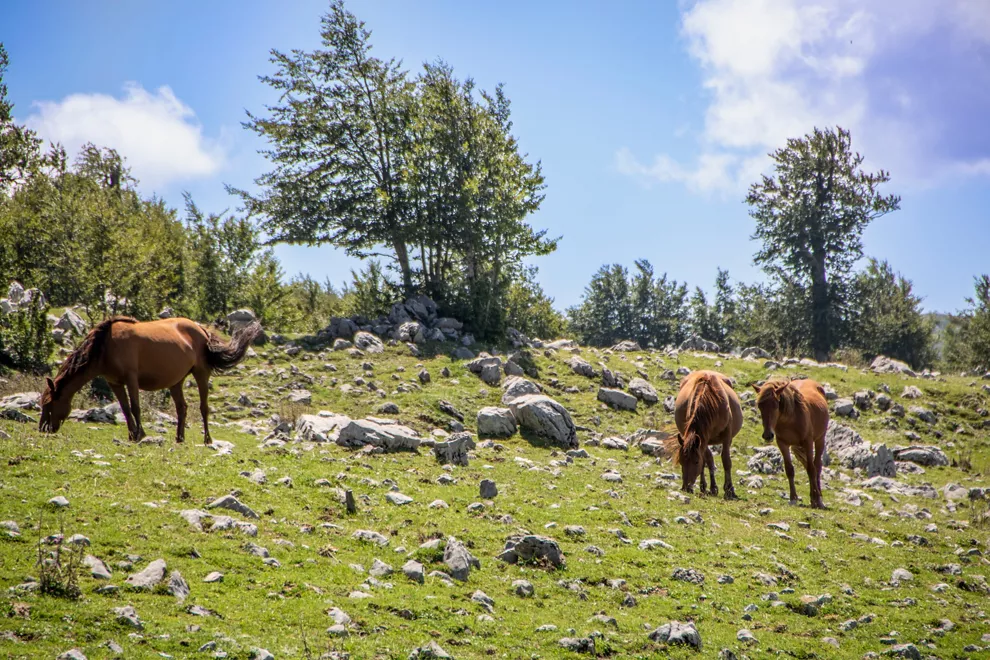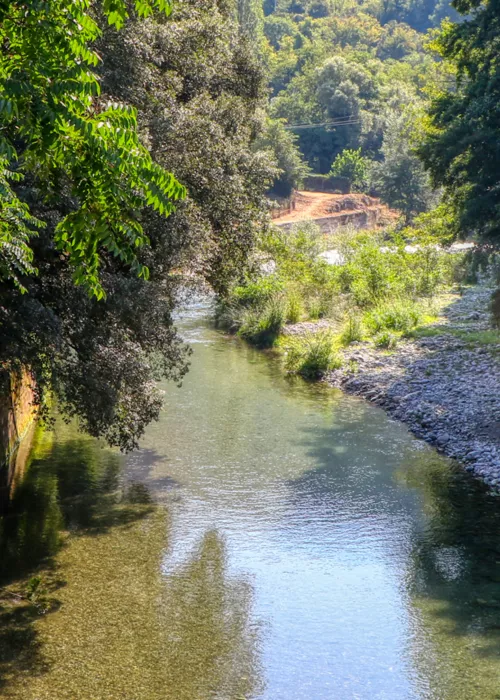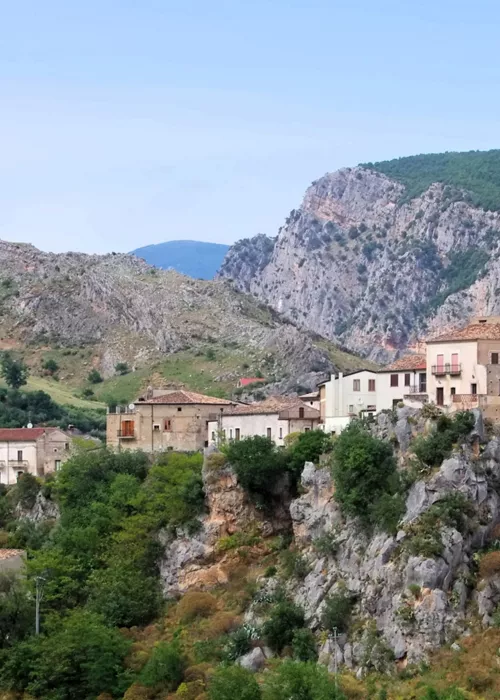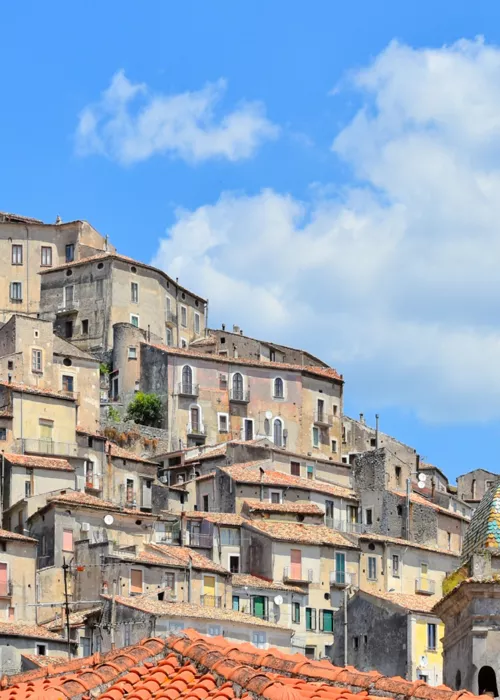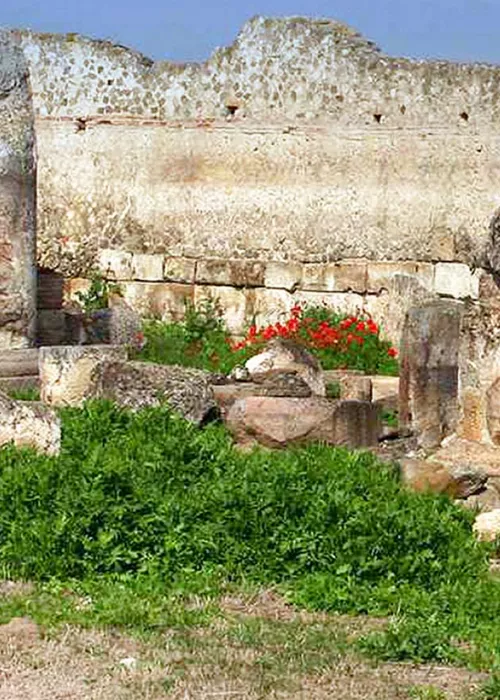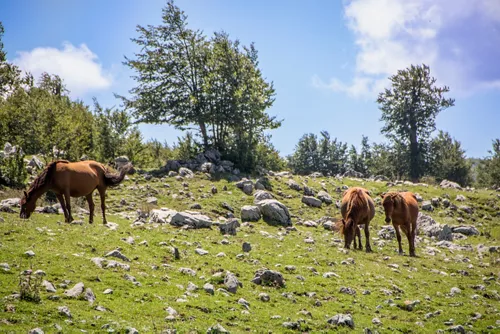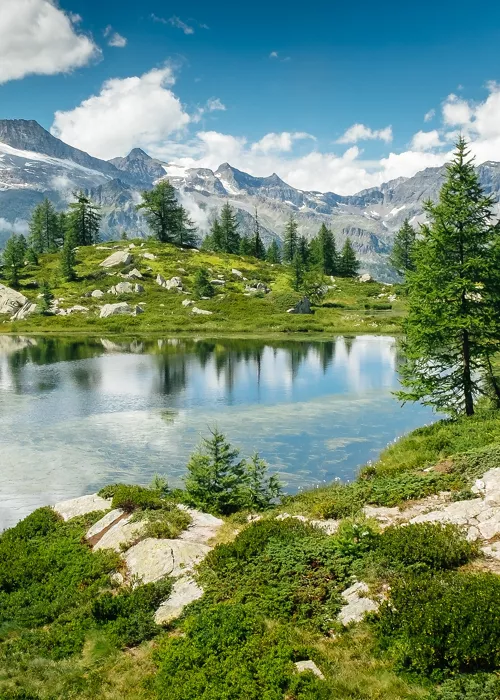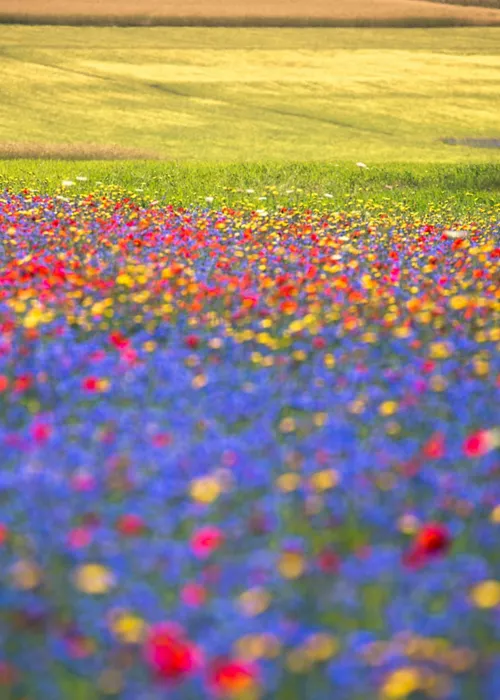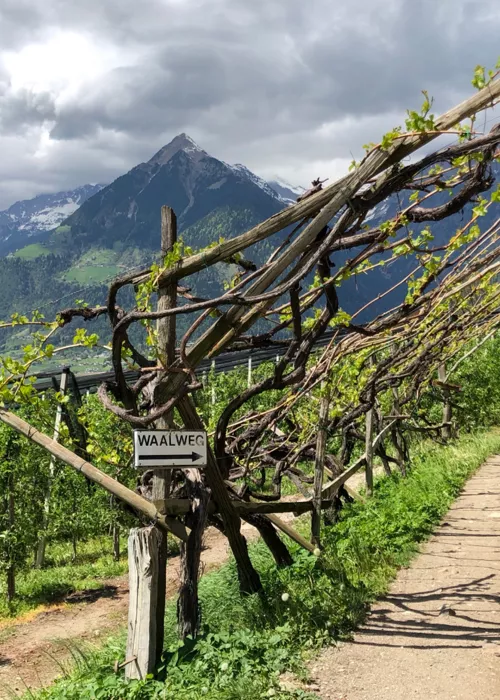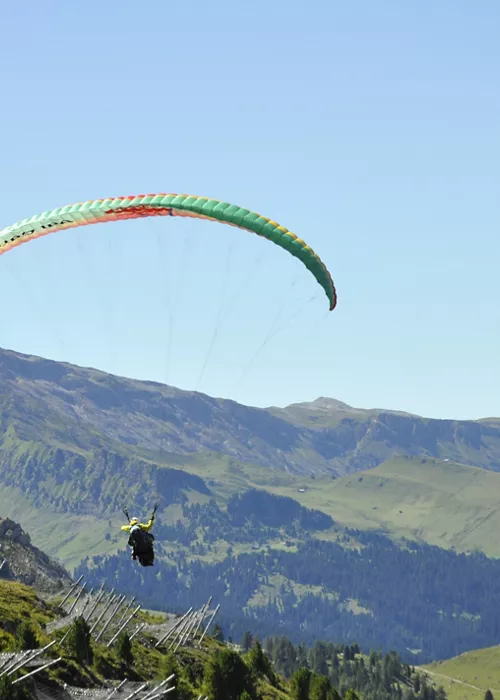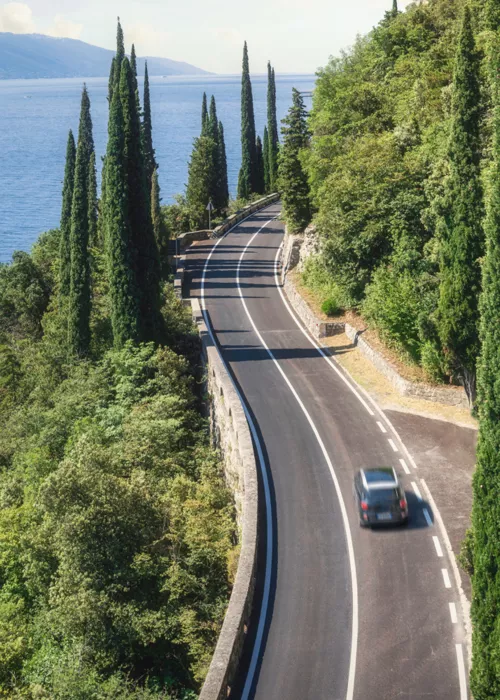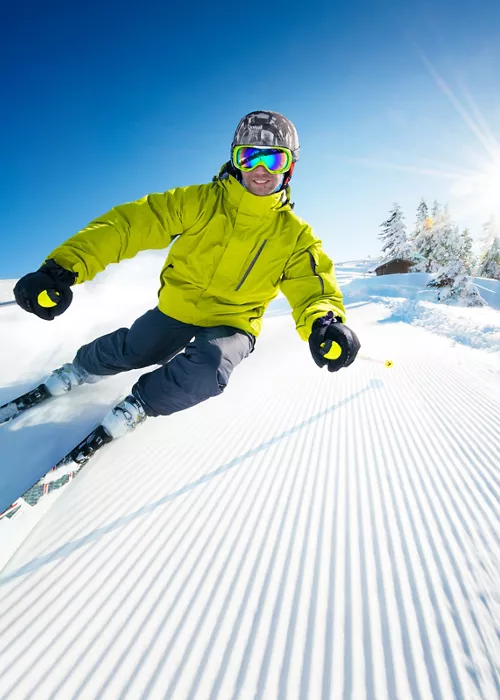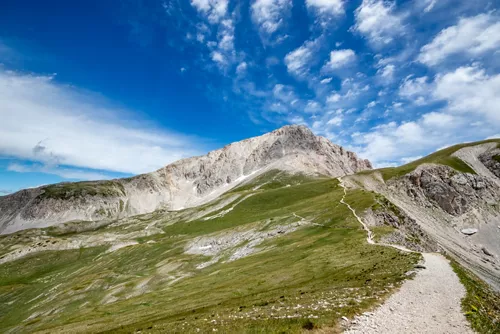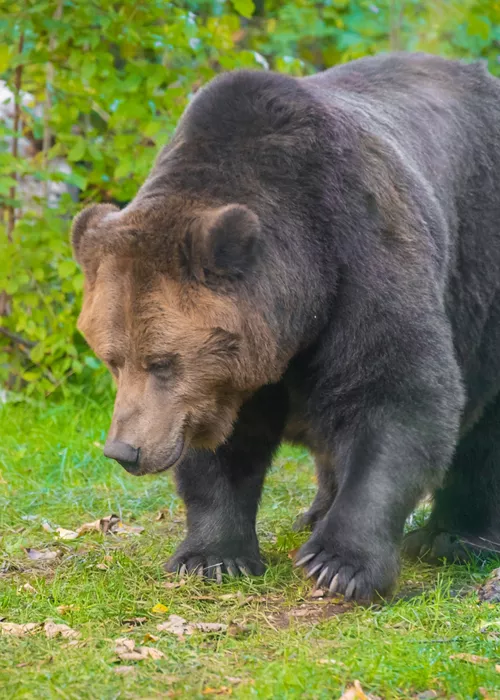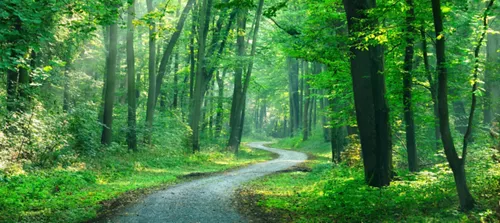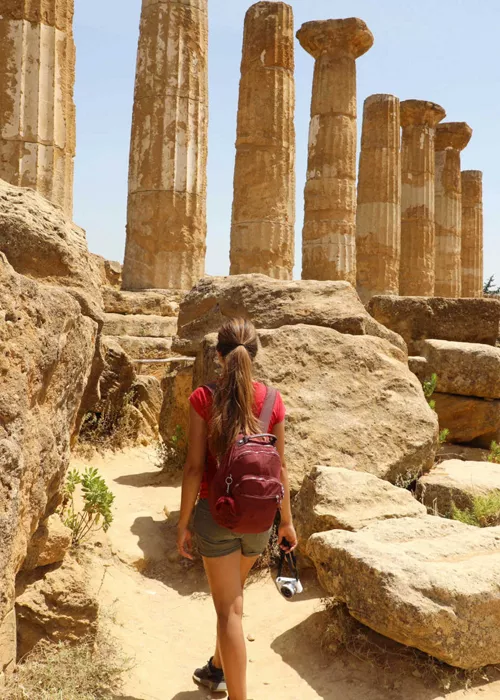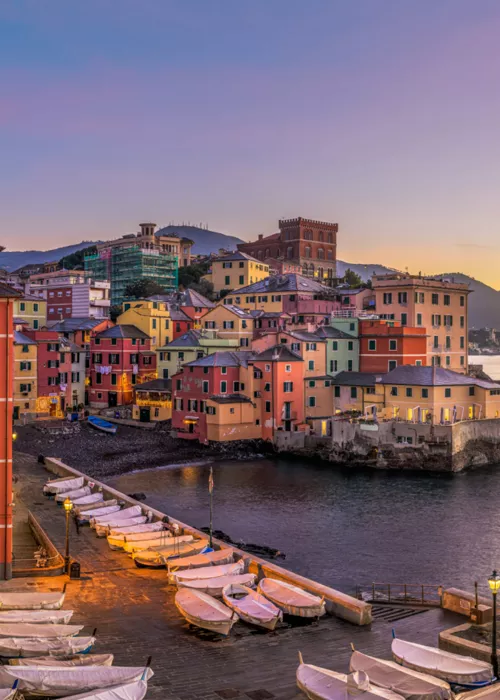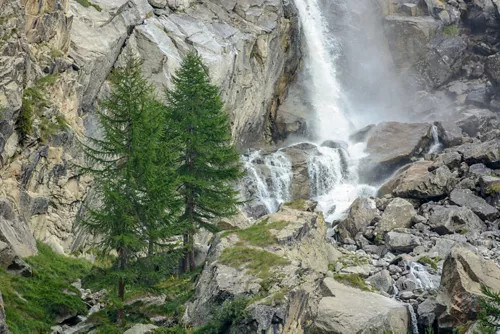Pollino National Park
5 minutes
The Pollino National Park extends from the Tyrrhenian Sea to the Ionian Sea, covering an area of almost 200,000 hectares and is one of the GeoParks protected by UNESCO. It is located between Basilicata and Calabria. It is a heterogeneous structure, from the Piani di Campolongo, Novacco, and Lanzo, to Piani del Pollino, home to the Argentino and Abatemarco rivers, the Lao and Raganello gorges, and the streams of Peschiera and Frido. The whole area of Pollino is formed by the Massifs of Pollino and Orsomarso. The mountain range, which is part of thesouthern Apennines, can boast the highest peaks in southern Italy, covered with snow for a long period of the year, starting in November and ending in May, when the snow melts. The peaks of the Park reach an altitude of 2,200 metres above sea level. The natural area consists of dolomitic rocks, limestone ramparts, fault walls, cliffs, very deep gorges, and also plateaus, meadows and high altitude pastures. One of the "green" symbols of the Park is certainly the Loricato Pine, called "living fossil" or "dinosaur of the trees" by many, due to the ability of this type of conifer to resist and thrive in difficult environments, at altitudes above 1000 metres, and in isolated areas, where other types of trees cannot survive.
Itineraries
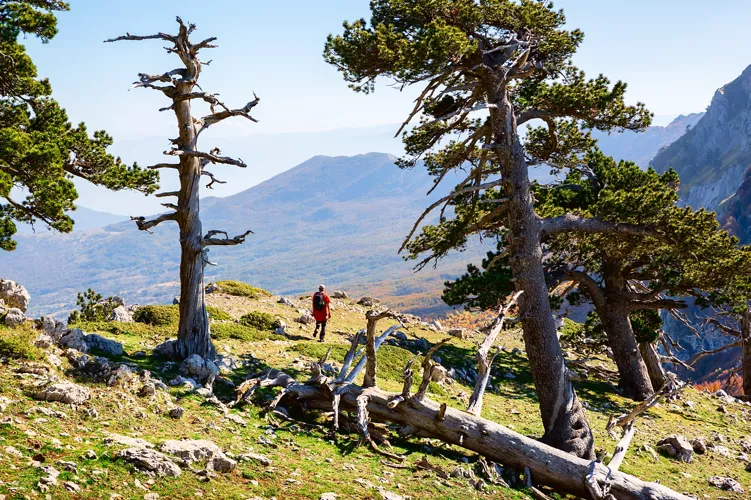
The trails of the Pollino National Park are first of all divided by area of positioning, then into two groups, one on the Lucanian side and the other on the Calabrian side. The excursions they offer are of varying difficulty: naturally, the most exciting are those in which you have to make use of expert guides.
Recommended trails are marked on the park website. Starting, for example, from Fosso Jannace, you enter a path that winds along the edges of the stream, crossing it several times over charming little wooden bridges. During the walk you can admire specimens of silver fir and maple, as well as numerous beech trees. Around 1900 meters above sea level there is a wonderful landscape framed by Loricato pines.
Sports in the area
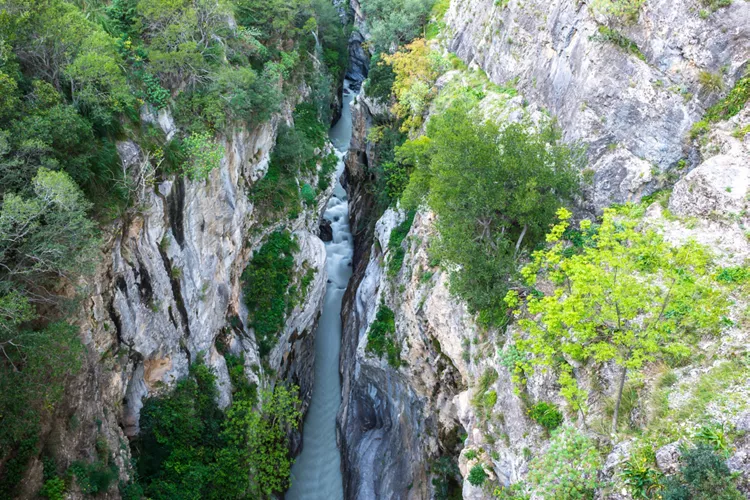
The many water courses, torrents, rapids and waterfalls in the Park make it possible to enjoy all kinds of water activities from canoeing to kayaking, from packrafting (a single-seat dinghy that allows you to enjoy the thrill of a close encounter with the waves) to canyoning.
The Lao river is one of the adventure sites, but you can also enjoy experiences and excursions on the other water courses of the Park, such as the Coscile river, which is more or less 50 km long, and has a wide basin where the waters of many springs flow together at the foot of Pollino. It is the third largest river in Calabria in terms of average annual flow, and its basin is so huge that it hosts 3 hydroelectric power plants. The great charm of the Raganello river and its gorges.
Hiking and mountain biking, as in most parks, are also possible here on marked trails. In Taverna Magnano there is a well-equipped Adventure Park which includes trails for visitors with disabilities. Finally, not far from the Park, in Castelsaraceno is the longest Tibetan bridge in the world, an impressive feat of engineering that connects the Pollino National Park and the Lucano Val d'Agri Lagonegrese Apennine Park. At altitudes above two thousand meters, the ski resorts open in winter, where you can try your hand at various winter sports, including skiing, cross-country skiing and snowboarding.
Experiences
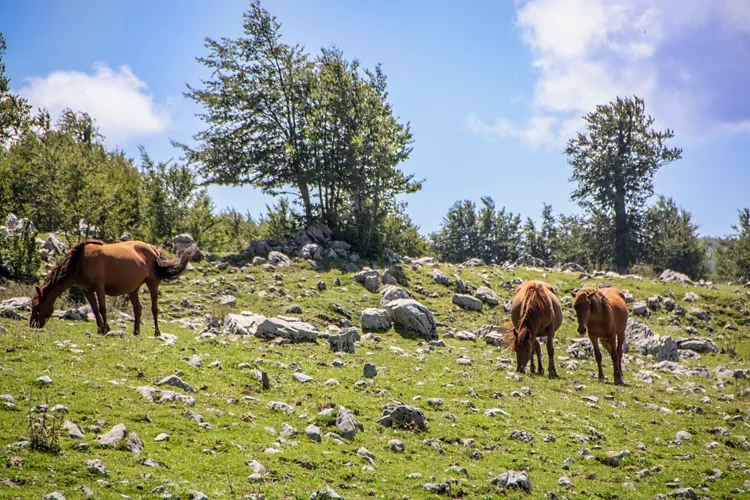
Events designed to raise awareness about the ecosystem or the many rich attractions scattered through Italy’s largest nature reserve are regularly organized in the Park itself. But simply wandering along the marked trails and paths is, in itself, considered part of the experience, enveloped in the silence (which is actually full of the sounds of nature) and immersed in the pungent scents of the Mediterranean scrub.
Attractions
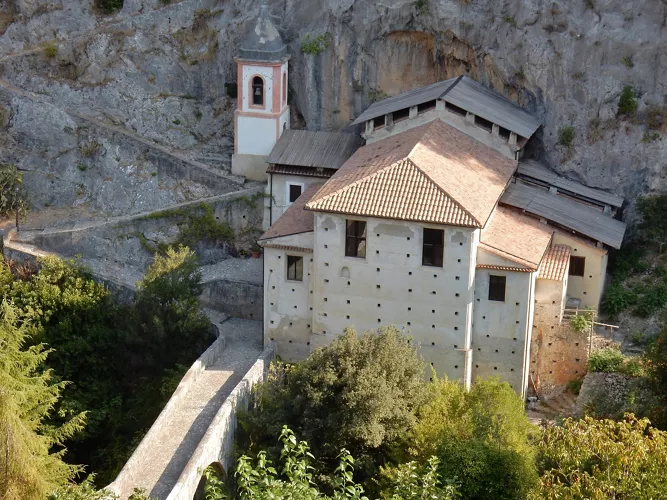
In addition to the many itineraries to be covered, the Park also offers many attractions to visit such as the beautiful town of Civita, where the Albanian community arrived in Italy 500 years ago and still passes on its culture, language and traditions. The name derives from Cifti and means "Eagle's nest", due to its position overlooking the river Raganello.
Here visitors can tour the Museum on Arbereshe (Italo-Albanian) culture and cross the village towards the amazing panorama of the Raganello canyon. Morano Calabro is another appealing destination. The picturesque village, one of the "Most Beautiful Villages of Italy", is characterized by houses that go down, forming a cascade, in the direction of the square where the Collegiate Church of the Maddalena is located. Inside you can admire works by Bernini and Vivarini.
On the northern side of the Pollino massif, at an altitude of 1537 metres, is the Sanctuary of the Madonna del Pollino. Since 1975, it is has been possible to reach this place of worship along an accessible road that has replaced the old mule track. The religious complex, dating back to the late 1800s, is immersed in calm natural surroundings, and includes the church as well as rooms for the clergy and the staff that look after it.
The Pilgrim's House attached to the Sanctuary hosts the devotees and - more generally - anyone who is really interested in experiencing a spiritual retreat. Near Cerchiara di Calabria, on the slopes of Mount Sellaro (also known as Mount Santo), at an altitude of about 1000 metres above sea level, is the Sanctuary of Santa Maria delle Armi. From here you can enjoy a breathtaking view that sweeps from the plain of Sibari to the Gulf of Taranto.
Fine food and wine
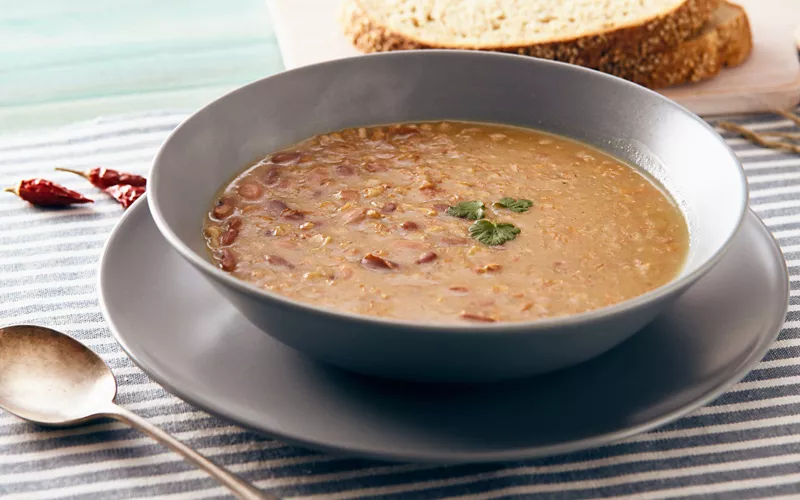
Summing up in two words the characteristics of the fine foods and wines available locally, it is enough to say simplicity and tradition.
Many typical products from these areas continue to be handed down from generation to generation, following tradition. Even agriculture and livestock farming here have an original format, derived from the ability to manage the resources of the territory in full respect of its biodiversity.
This is how the very tasty cold cuts and cheeses, the bread, the soups made from legumes, are made - capable of bringing back childhood memories in a single mouthful, like all the other products. But the local cuisine also features contaminations of its incoming residents: Pollino, in fact, is the scene of the delightful coexistence of autochthonous and arbëreshë (Albanian) communities, who have been in Calabria since 1400.
These, in addition to enriching the area with their customs and traditions, have also given the local cuisine their own twist, enhancing it according to their own vision, giving rise to fresh pasta dishes such as shëtridhlat. The result is a complex and varied gastronomic culture that deserves to be discovered.
Hospitality
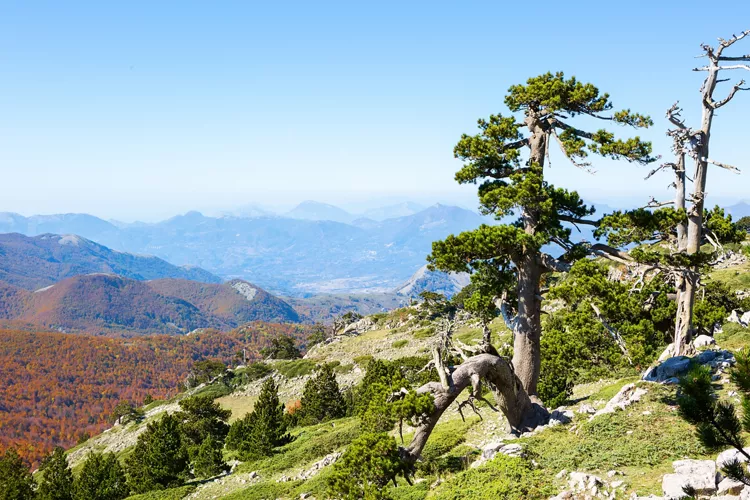
In the vast territories of the Park, there are many different accommodation facilities you can use for a short stay or a longer vacation.
Many visitors opt for structures that have adapted the local architecture, - perhaps originally sheepfolds or other humble buildings, to the needs of 21st century travelers. And there are also many farmhouse hotels, bed & breakfasts, hostels and hotels, not to mention camper lots and campsites.

